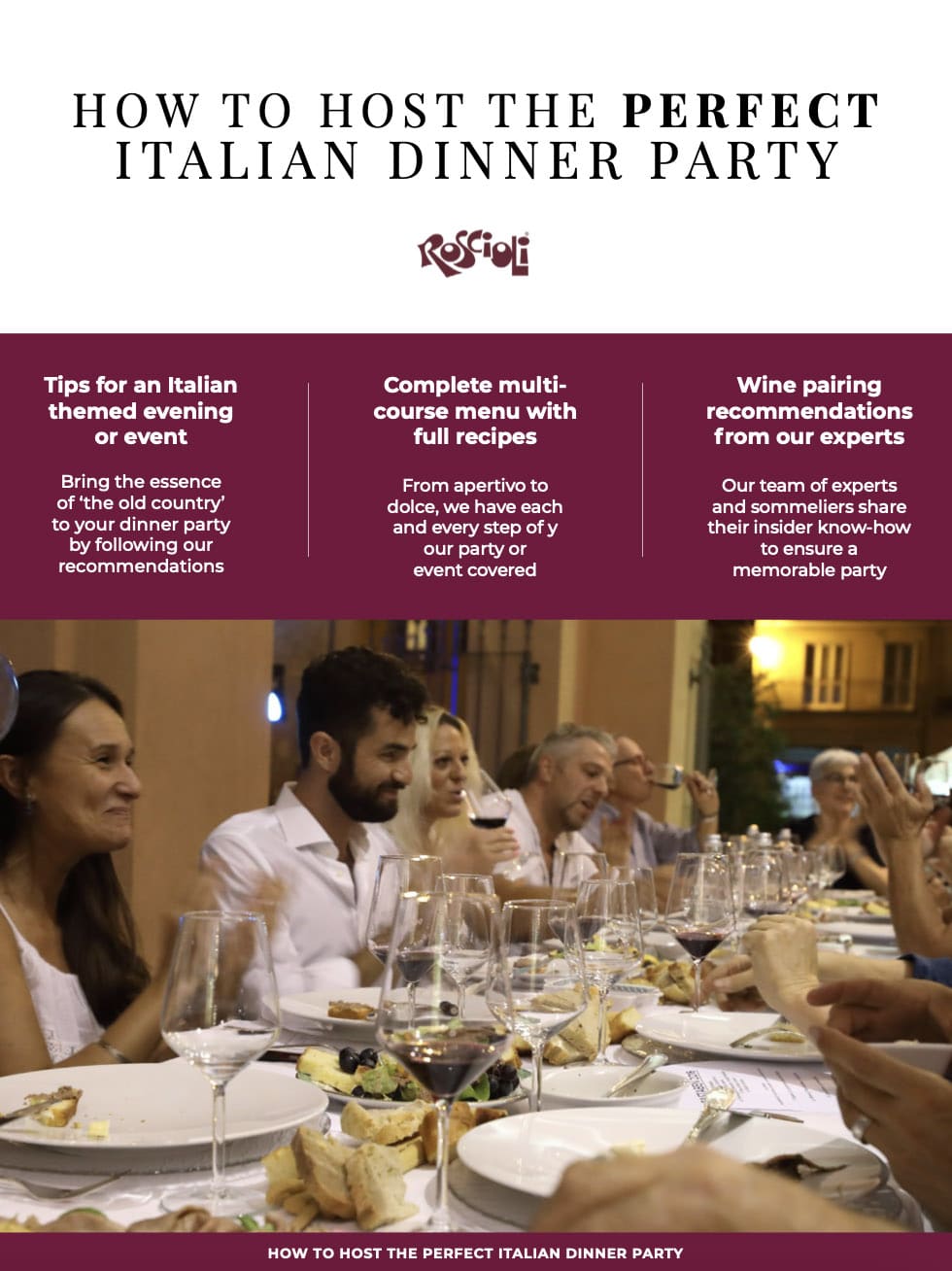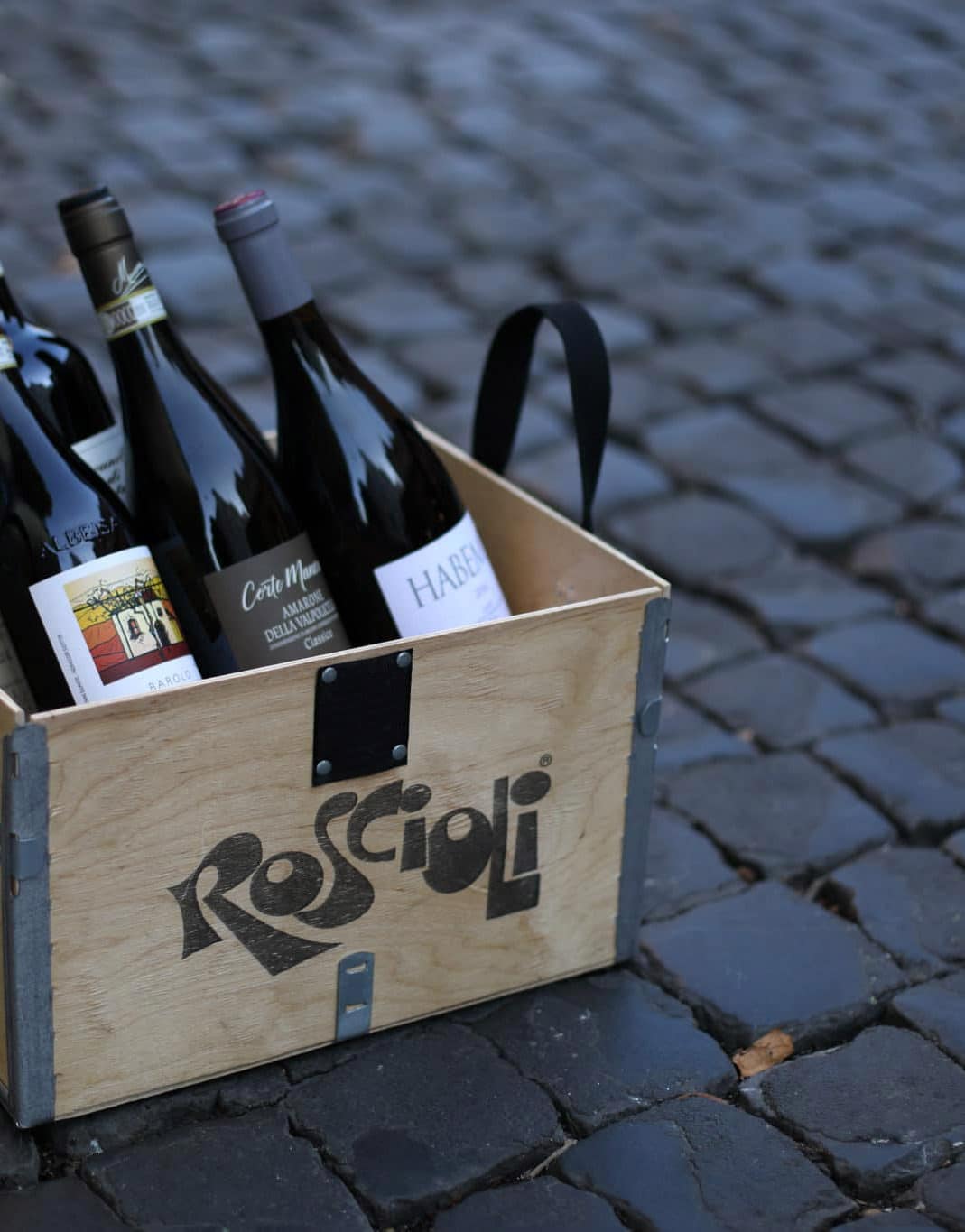
FRANCIACORTA ‘SOLOUVA’, ARCARI + DANESI
Grape: 100%
Chardonnay Region: Franciacorta (Lombardy)
Pairings: a perfect aperitive, meaning pairs with nearly anything
Drink by: now until 2019
Notes: 24+ months on lees and 3-6 months in bottle, 32 year old vines, 15,000 bottles
Description: Sometimes it’s best to trust and follow the experts (in this situation, the French). But sometimes you need to recognize your differences and break from what everyone else is doing in order to find your own genius. SoloUva was born from this idea. Nico and Giovanni started by studying Champagne but noted that Franciacorta (Alpine region) wasn’t Champagne (a continental region), and chose to work with what their terroir could give them in a unique way. Traditionally grapes were picked early in Franciacorta and Champagne to maintain the high acidity, but by letting the grapes ripen to more phenolic ripeness they realized they wouldn’t have to add foreign sugars to spark the secondary fermentation – any sugars added come only from the grape must – hence ‘SoloUva’ (Only Grapes). Chardonnay, terroir, and that is it in this bottle. Made in the method champenoise or traditional method (but technically in the SoloUva method), no overly-yeasty aromas, no sweetness, just a crisp, refreshing minerality and linear feel on the palate, maintaining the perfect balance of fruit and acidity. Not sure of the main dish being prepared for a dinner party you’re invited to but need to bring some wine? SoloUva works as a perfect aperitive that can carry you all the way through dinner.
CATALANESCA ‘KATA’ 2016, CANTINA OLIVELLA
Grape:100% Catalanesca
Region:Mt. Vesuvius – Sant’Anastasia (Campania)
Pairings:fresh cheeses like goat or buffalo mozzarella, grilled fish, scallops, and most seafood.
Drink by: now or best in 3 years
Notes: 24+ months on lees and 3-6 months in bottle, 32 year old vines, 15,000 bottles
Description: There is a moment that you have to go beyond the wine itself. Where the story behind the wine is more important than the tannins, the acidity, the aromas, the complexity of the wine itself. I’ve always fought against this idea that you give value to a wine based on the story of it. But life and pleasure is about exceptions from the rules. Sometimes wine can be a fully deep archeological experience, literally. In 1931, a simple farmer was digging fertile and dangerous soil on the slopes of Vesuvius and he found a stone. He thought about a simple stone, but the shape of it declared that it was a column. He called a local archeologist and wrote a letter to Mussolini asking for funding to continue the work because there might be a huge site to be discovered. Unfortunately, this was also the time of the excavation of Pompei and that letter never reached Rome because it was hidden by the chief of the site of Pompei. After 70 years in 2001, that letter was found…
Ciro was waiting for us at the small square of Somma Vesuviana, a little village suspended between the last eruption of the volcano in 1945, and the next one that will come sooner or later. Before going to the vineyard he said I have something to show you. He brought us in a small road into a private spot and in front of us…a HUGE archeological site, which was likely the villa from the emperor Augusto that later became the largest winery of its days time. Amazing frescos, perfectly preserved, statues of Dionysus, Bacchus, wine and dancing vestals. The archeologist brought us on a private tour of this amazing site which proved the magnitude of importance of this spot from 2000 years ago. After a stereotypical lunch in the vineyards of pasta, fresh tomato sauce, buffalo mozzarella, and him talking about his wine. Catalanesca is the variety, Vesuvius is the soil, and Romans are the archeological heritage of it. A 50 year old vineyard, a child of milinary tradition, that gives a wine that smells of the fresh apricots and melon, sweet flowers, and tastes of the smoky flavor of the volcano. Despite all the oaky Chardonnay, all the fruity Sauvignon, all the cheesy Pinot Grigio, I prefer the simple complexity of the truly deep Catalanesca of Monte Somma. Serve chilled, but not too much, on a terrace of your fancy villa facing the volcano (any one) in front of the sea, if possible the Mediterranean with some oysters La Rochelle, raw red prawns carpaccio with Amalfi lemons. Or if this is all too far away, drink it on your patio with your closed eyes and imagination.
NOTO ROSSO 2014, MARABINO
Grape:100% Nero d’Avola
Region:Noto (Sicily)
Pairings:red tuna fish that is seared or aged, grilled meats and vegetables.
Drink by: now until 2020
Notes: biodynamic, indigenous yeasts, aged for 12 months in 60hl French oak, 14-year old vines 60,000 bottles
Description: Sometimes a genius isn’t easy to spot at first sight. You might not expect them to be 34 years old, always laughing, joking and wanting to have a good time. And with no family wine tradition to have learned from, it’s even more impressive. Meet Pierpaolo Messina of Marabino in Noto. In the scorching heat of the summer, we arrived for a visit with him. Upon opening the car doors, you immediately noticed the refreshing breezes which accompanied the sun-drenched sky. Along with the sound of birds filling the air, this place began more to feel like a little paradise. Being biodynamic for him is more than planting with the biodynamic calendar based on planetary and lunar cycles – he uses solar energy, recycles the water he uses for winemaking on his property which attracts birds, insects and animals and even plants all sorts of various fruit trees on his property – all which create and balance his ecosystem, and help him to not need to use pesticides and herbicides on the vines. And all of this is reflected in the balance of Noto Rosso. The best part – drink up without worrying about a headache or hangover – this wine is not made with any chemicals or sulfites!
Summed up perfectly by a strangely poetic friend of mine…’this wine is an oxymoron…it’s like a stinky perfume, it has a rough elegance about it, it’s soft and hard at the same time, and I have a repulsive attraction for it, exactly how I feel about Sicilians’. A small masterpiece by an unsuspecting genius.
VINO NOBILE DI MONTEPULCIANO 2013, CONTUCCI
Grape:80% Sangiovese (Prugnolo Gentile), 10% Canaiolo Nero, 10% Colorino
Region:Montepulciano (Tuscany)
Pairings:savory dishes like stews, roasted and grilled lamb, steak, grilled mushrooms, good quality salami and hams, medium aged cheeses.
Drink by: now until 2025
Notes: 24 months in 20hl barrels and 6-8 months in bottle, 30,000 bottlesf
Description:Tradition, history and heritage – 3 pillars that define the foundation of Montepulciano and Contucci. When Andrea Contucci walks you around their home (palace), vineyards and cellar, you sense his understated pride, nobleness and integrity without any sense of pretentiousness. Here you find a quality wine region dating back before 1000 AD, 1010 years of single-family ownership, 65 years of cellar work by the most passionate Italian man Adamo (80 years old now), a room of frescoes dating to 1701, a cellar constructed into the original walls of Montepulciano from the 13th century, traditional winemaking techniques with large barrels (not trendy French barrique), no technology or cellar gimmicks to make for a modern style of wine, a higher percentage of Prugnolo Gentile to give more traditional flavors of the region (never mixed with international grapes). What more do you want from a wine? Skip the highly marketed and often overpriced Super Tuscans and just pair this wine with some flavorful, authentic cured meats or a savory dish of beef, lamb or venison and you’ll be feeling as ‘noble’ as the Nobile.
CESANESE DEL PIGLIO ‘REBALDORIA’ 2016, ALBERTO GIACOBBE
Grape:100% Cesanese di Affile
Region: Piglio (Lazio)
Pairings: pasta dishes, medium-aged cheeses, pork dishes and cured meats.
Drink by: now until 2021
Notes: 6+ months in stainless and 2 months in bottle, 7-year old vines, 5,000 bottles
Description: Let’s be honest…Lazio has the reputation for wines on the complete polar opposite end from wines from Burgundy. Most Lazio wines are the cheap house wines you find in touristy trattorias around Rome. But not Alberto Giacobbe’s. Destined for numbers and economics after school, Alberto did anything but that after falling in love with his land. Against his 2 previous generations of conventional winemaking, Alberto decided to drastically cut yields and move to organic practices to improve the wines. Seeing all the ‘wasted’ grapes nearly killed his father. But 10 years later, I can tell you that from a price and value standpoint, these wines could compete with some Burgundian wines (well for sure the reserve labels he makes – we’re working on getting this limited production for you in the coming year).
Let’s be honest…Lazio has the reputation for wines on the complete polar opposite end from wines from Burgundy. Most Lazio wines are the cheap house wines you find in touristy trattorias around Rome. But not Alberto Giacobbe’s. Destined for numbers and economics after school, Alberto did anything but that after falling in love with his land. Against his 2 previous generations of conventional winemaking, Alberto decided to drastically cut yields and move to organic practices to improve the wines. Seeing all the ‘wasted’ grapes nearly killed his father. But 10 years later, I can tell you that from a price and value standpoint, these wines could compete with some Burgundian wines (well for sure the reserve labels he makes – we’re working on getting this limited production for you in the coming year).
BAROLO ‘PARAFADA’ 2012 , PALLADINO
Grape: 100% Nebbiolo
Region: Serralunga d’Alba (Piedmont)
Pairings: Parmigiano, aged cheeses, risotto with truffles, prime rib, wild game and anything with nice proteins and fat.
Drink by: now through 2025 or possibly longer (best to hold for a few years)
Notes: 12 months in large barrels, 12 months in smaller barrels (French and Slovenian oak)
Description: A compass…everyone has one. The web is full of them. Wine Advocate, Wine Spectator, TripAdvisor, Michelin Guild, critics, Academy and Pulitzer Awards. We all need them desperately. Alone in this complex world we need someone to tell us what is good and bad, until we will find our own way, and free our own palate and our sense of taste. But this is possibly a chimera. As that anthropologist said, our taste is culturally and sociologically determined so you cannot be alone in your judgment. You have to be part of a group, registered in a wine club. That’s how we should do wine scouting. Asking friends suggestions of where to go and what is the fancy wine at the moment, experts, colleagues, wine journalists. In the 90s, Robert Parker was my compass. In the 2000s, I moved to the niche of the snobbish wines outside the mainstream, known only by a small group of elected people. But only in the last few years after 25 years of tasting, I realized that I could become the Robert Parker of myself. So I began to risk tasting wines that were not registered in any guide, not spoken about in any snobbish wine club, and lots of them were terrible. But sometimes, you can find a diamond in the rough and that is how I met Palladino. They shocked me for the purity of their style. Every cru perfectly determined. The flowery softness of the Parafada…the gentle harshness of Ornato and gothic balsamic flavor of San Bernardo. Each one expressing perfectly their terroir. So I started to tell this to everyone, and they couldn’t place it since it wasn’t in the guides etc. It was a wine with no compass. And I realized that day that the only way to know wine is to find the Parker in you. And by the way, in the last 2 years Palladino has won every possible award for their wines, but I don’t know if I have to be happy for this.
Parafada gives you an elegance that can be difficult to find (in youthful Barolo). A full bodied wine of roses and violets, blackberries and cherries, balsamic flavors and more to come as this ages. Decant this wine or open a few hours before drinking.
TASTING NOTES OF GUESTS
How to Host the Perfect Italian Dinner Party
Bring Italy to you with our free guide to planning and hosting the perfect Italian dinner party!
Find recipes, wine paring recommendations and other tips for a memorable evening, all curated by our team of experts - download today here:
 SEI IN ITALIA? CLICCA QUI
SEI IN ITALIA? CLICCA QUI 


